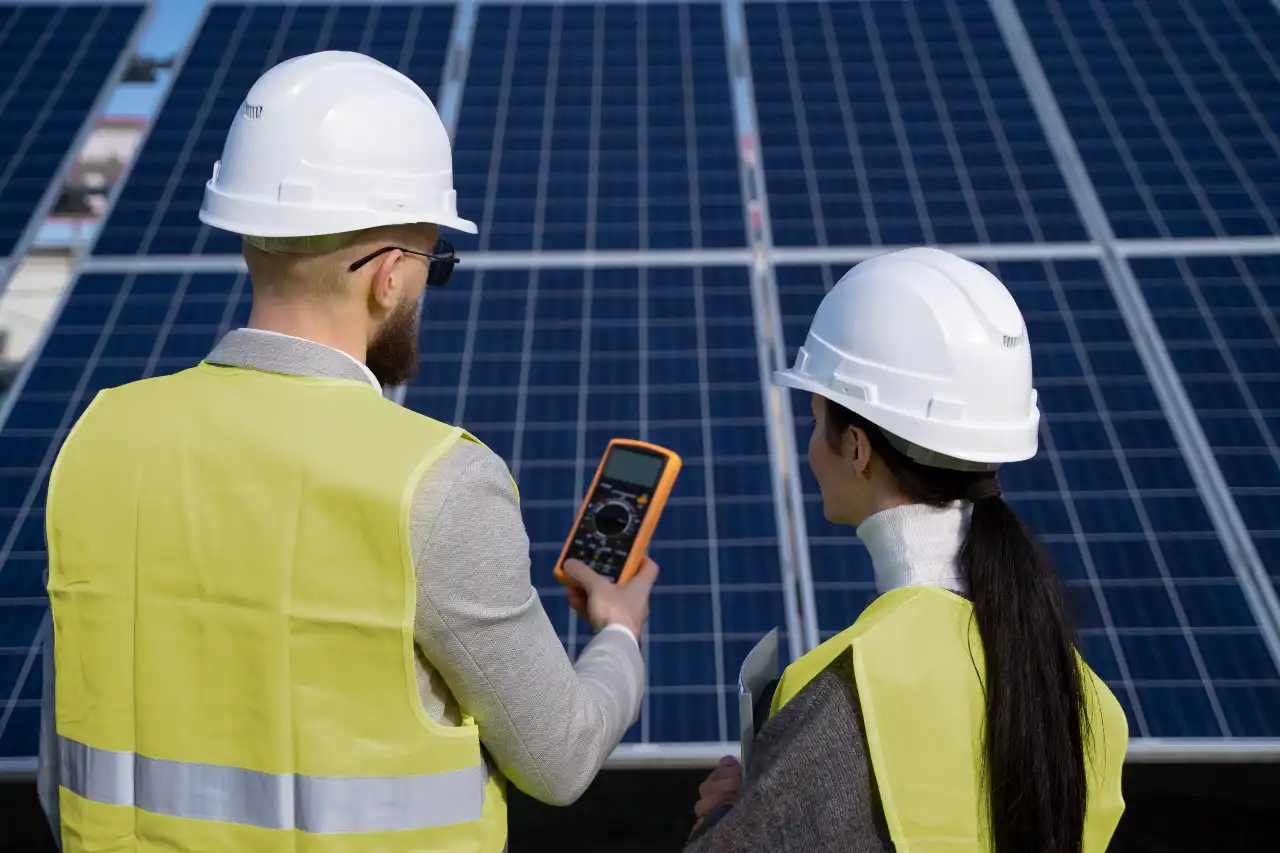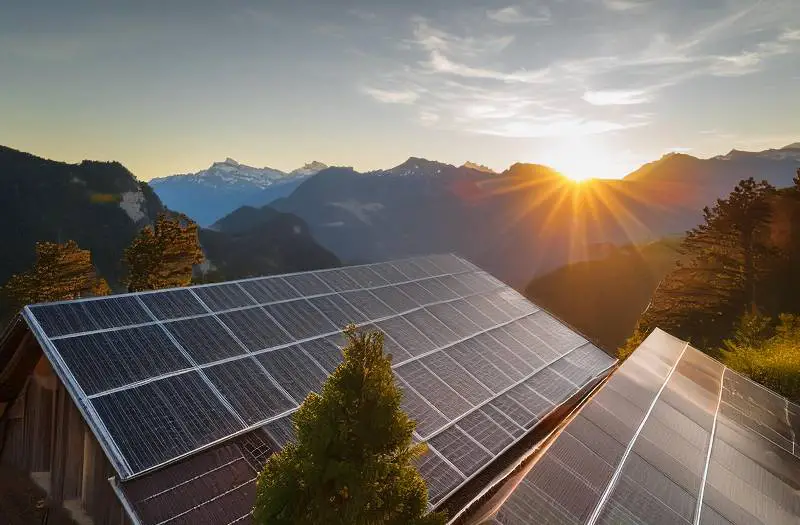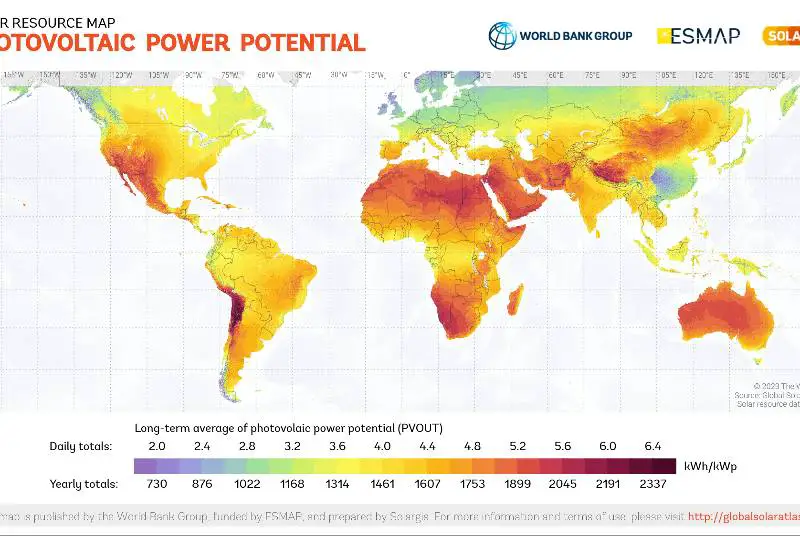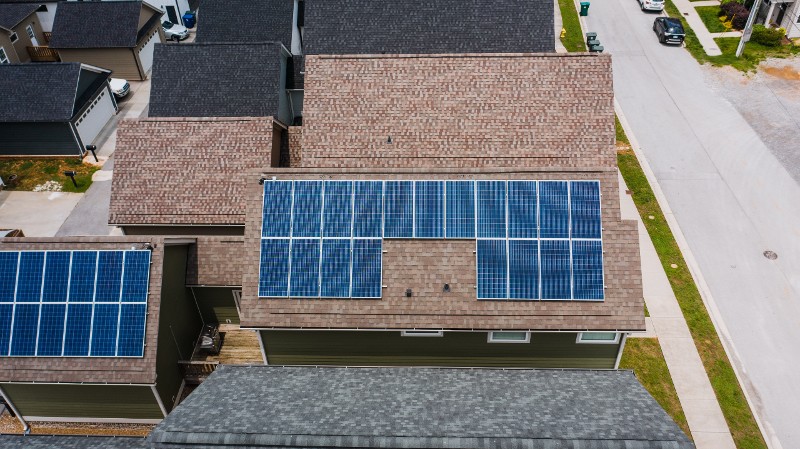Welcome to Solar Mentors
Powering The Future, One Home at a Time.
Join the solar revolution! Get exclusive insights, guides, and the latest DIY projects right in your inbox.

As Seen on







3,000+
Email Subscribers
1.4M
Online Visitors
About us
A Team of Educators
We are a group of solar enthusiasts who are passionate about solar energy and its potential to change the world.
We believe that the key to a sustainable future starts with you — the individual.
Therefore, we created this online resource to provide you with all the information you need to make the world a cleaner and greener place.
Get in touchWhy us
An Extensive Review Process

We pride ourselves on our genuine, hands-on approach to testing and reviewing all kinds of solar-powered products.
From solar lights to generators, our analyses encompass various critical aspects.
Our unique insights are provided by our firsthand experiences with the products.
Integrity
Cutting-Edge Insights
Experience
Passion
Solar calculators
Our Collection of Free Solar Tools
latest Articles
Discover The Latest Solar News
Our team







